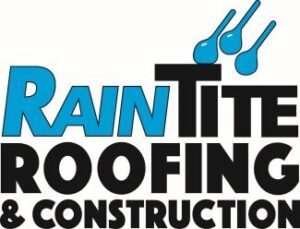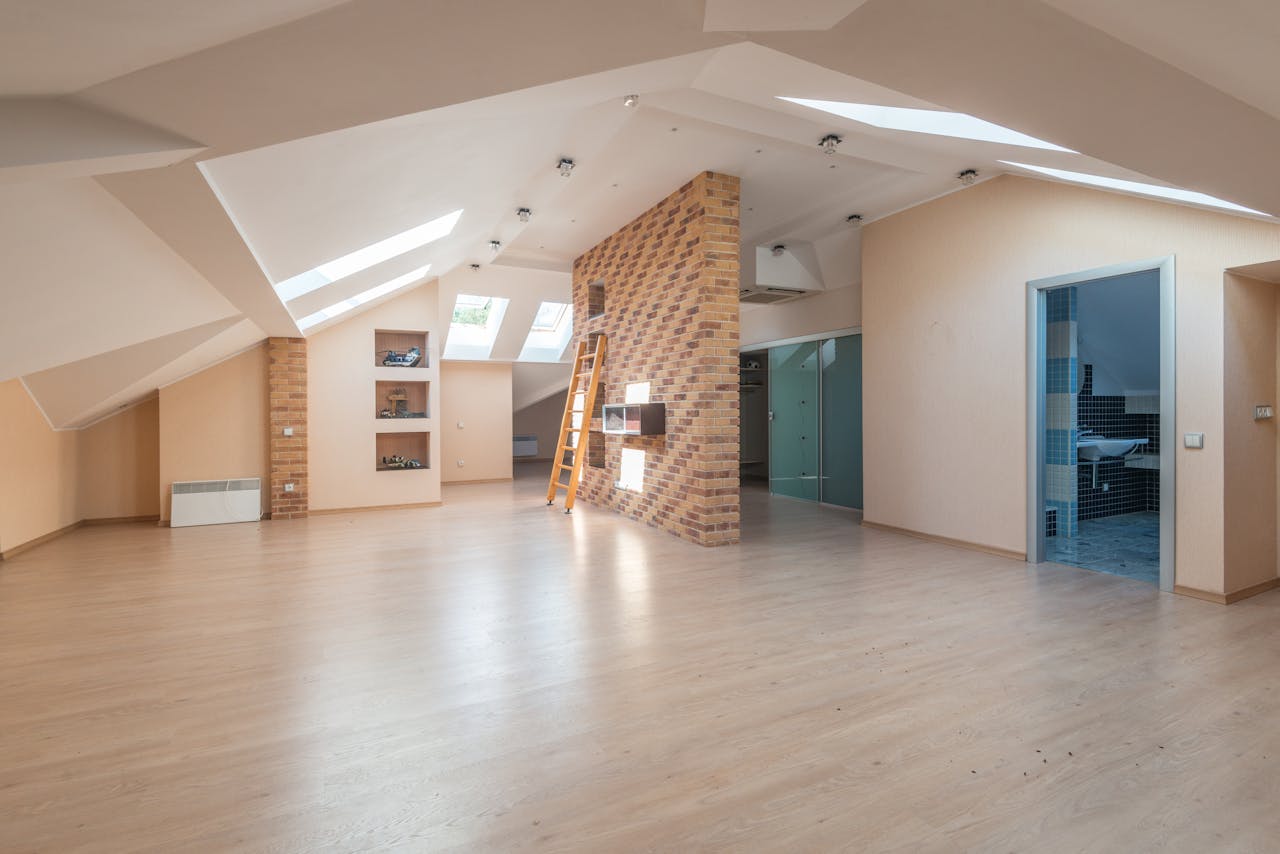When winter really takes hold in Rapid City, most people expect to feel the chill outside, not inside their own homes. If you’ve noticed your attic feels colder than usual this season, you’re not alone. Many homeowners start to feel that extra cold seeping in around this time of year, even when the heat is turned up and everything seems sealed off. It’s more than just an annoying draft. A cold attic can lead to higher heating bills, freezing pipes, and even roof problems if left unchecked.
Rapid City winters can be long and unforgiving, and homes here take a beating from snow, ice, and heavy winds. Your attic is one of the most sensitive spots when it comes to heat loss. Since it sits just below the roofline, it’s affected by everything from insulation quality to outside air leaks. Getting to the root of this issue isn’t always simple, but understanding what causes that cold upper floor is the first step toward creating a warmer, more comfortable home.
Common Reasons For A Cold Attic
Even a well-built home can have a cold attic if conditions aren’t right. There are a few common problems that cause attic temperatures to drop way below where they should be.
1. Poor Insulation
If your attic insulation is too thin, old, or patchy, it doesn’t do a great job of keeping warm air inside your home. And when heat slips out, your attic becomes one of the first places to feel it. Insulation acts like a blanket between your living space and the brutally cold air outside. Missing or weak spots can feel like holes in that blanket, letting heat leak out and cold air creep in.
2. Ventilation Issues
Attics need ventilation to breathe. Airflow helps manage moisture and keep temperatures stable, even in harsh conditions. But when something goes wrong, like a blocked vent or poorly designed air channels, your attic can trap cold air instead of cycling it out. That stale, cold pocket doesn’t just make your attic uncomfortable. It can also encourage ice buildup on the roof, leading to longer-term problems.
3. Roof Damage
If your roof has cracked shingles, leaks, or damaged flashing, cold air sneaks in every time there’s wind or a shift in weather. A single bad storm can open up small gaps in your roofing system, and those gaps grow over time. This not only cools down your attic but can make your upper floors drafty too. And once moisture starts moving into those spaces, it adds another layer of trouble—mold, wood rot, and ceiling stains.
If your attic’s colder than it used to be, it’s worth taking a closer look at all three of these problem areas. You might not need a full roof redo, but ignoring it can stack up more damage and higher energy bills quickly.
Importance Of Proper Insulation
One of the best ways to fight a freezing attic is strong, effective insulation. It’s not just about comfort. It’s about keeping your home running efficiently through Rapid City’s toughest winter months.
There are a few types of attic insulation most commonly used:
– Batt Insulation: Pre-cut rolls of fiberglass or mineral wool. They’re usually installed between joists and are easy to spot during an inspection.
– Blown-In Insulation: Loose material like cellulose or fiberglass that’s blown into place. This works well for covering odd-shaped areas or getting into tight corners.
– Spray Foam: Offers sealing and insulation in one step. It’s good for homes needing strong air sealing or dealing with moisture issues.
The benefit of strong insulation isn’t just warmth. It helps your heating system do its job by reducing how much warm air escapes. This means more stable temperatures throughout the home and less work for your HVAC system. It also stops that cold air from creeping into your living space from above, making the whole house feel cozier.
Good insulation can also help protect your roof. When warm air from below meets a cold roof deck, it often causes melting snow, which refreezes into ice dams. These ice ridges trap moisture and slowly push it up under shingles. With the right insulation setup, that heat stays where it belongs—inside your home.
By fixing gaps or upgrading old insulation, you’re taking a big step toward solving that cold attic issue. And once the attic’s balanced, you’ll notice everything upstairs feels a lot more comfortable.
Role Of Your Roof In Temperature Regulation
Your roof plays a big part in how warm or cold your attic stays during winter. While insulation lines the floor of the attic to keep heat in your living space, the roof above it acts as the top barrier against freezing temperatures. The way your roof is built and how well it holds up over time affects how it handles rapid weather changes, especially with the long winters in Rapid City.
When a roof is properly sealed and undamaged, it works as a shield. It stops cold air from rushing in and keeps your home’s heating system from working harder than it should. But when problems develop, like loose flashing or gaps around vents, cold air gets pulled straight into the attic. Over time, even minor issues can cause noticeable heat loss.
Keeping your roof in good shape doesn’t always involve major renovations. Routine checkups and small fixes throughout the year can help hold off bigger problems later. Here are some basic things that go a long way:
– Keep an eye out for missing or broken shingles after storms
– Make sure flashing is tight around chimneys, vent pipes, or any roof edges
– Clear away any fallen branches or debris that can trap snow and ice
– If you see water stains on the ceiling or notice any musty smells in the attic, don’t wait
By keeping your roof sealed, clean, and well maintained, you support stable attic temperatures. You also make it easier for insulation and ventilation to do their jobs. Together, all three layers—roofing, insulation, and airflow—work as a team to keep the attic from feeling like the inside of a freezer.
Signs You Need Professional Help
It’s easy to think a cold attic is just part of the season, but there are clear signs that may point to bigger concerns. When you start noticing trouble, it usually means heat is escaping or cold outside air is slipping into places it shouldn’t.
Here are some signs worth paying attention to:
– Cold drafts coming down from the attic door or ceiling
– Sudden spikes in your heating costs without changing your usage
– Ice dams forming along the roof edge
– Water stains or signs of moisture in the attic or upstairs ceiling
– A furnace that runs constantly and still can’t get the house warm
Sometimes, homeowners in Rapid City don’t realize there’s a problem until something breaks or leaks. One couple recalled how their upstairs rooms suddenly felt like different zones—freezing in one space, warm in another. After checking everything from the furnace to the vents, they found out their attic insulation had shifted from strong winds, and the roof had small gaps letting in cold air.
When these signs show up, you’re usually better off bringing in a roof construction company that understands winter loads, attic air movement, and local house styles. Experienced crews can diagnose what’s going on under the surface. Whether it’s worn insulation, a ventilation problem, or roof damage, they’ll be able to figure out what’s causing the cold and how to fix it safely and properly.
How To Keep That Cold Attic From Ruining Your Winter
When winter digs in around Rapid City, your attic doesn’t have to be the coldest spot in the house. Paying attention to little changes like temperature swings, higher bills, or shifts in your daily comfort is worth it. These signs often point to problems with insulation, ventilation, or the roof’s ability to block bitter air.
Staying warm through the season depends on how well your attic is built to manage that balance. A warm attic doesn’t just feel better. It helps protect your home from extra wear and tear. And when everything works like it should, you save money on heating and avoid surprises like leaks or ice dams. A good inspection, some targeted fixes, and the right team go a long way in making that happen.
When your attic isn’t doing what it should to keep the warmth in, a properly maintained roof can make all the difference. For help with temperature issues or other roofing concerns, it’s a good idea to work with an experienced roof construction company that understands how to protect homes through harsh winters. RainTite Roofing & Construction is here to make sure your roof keeps doing its job when you need it most.

